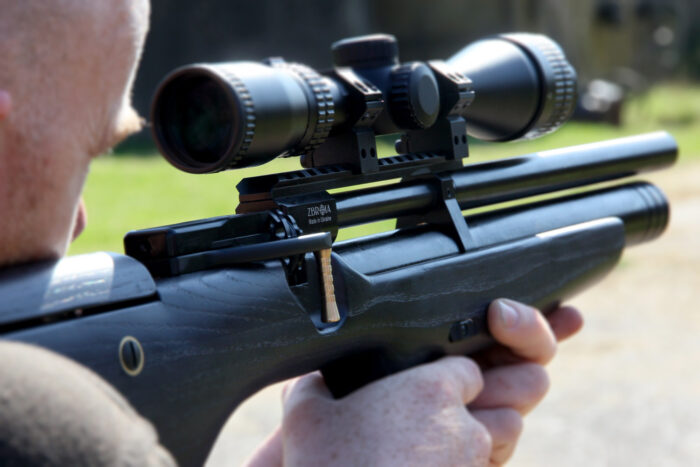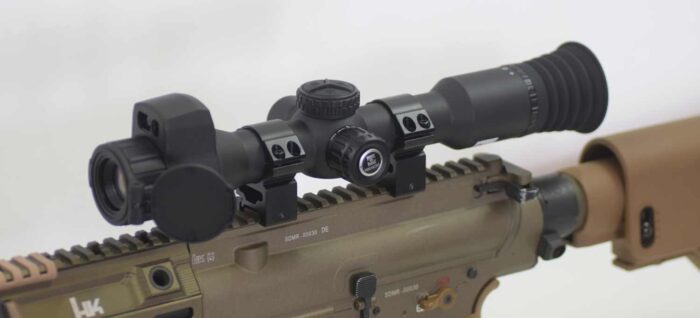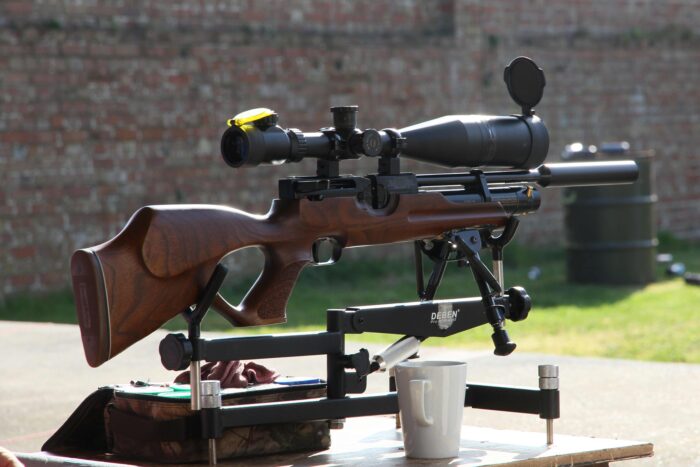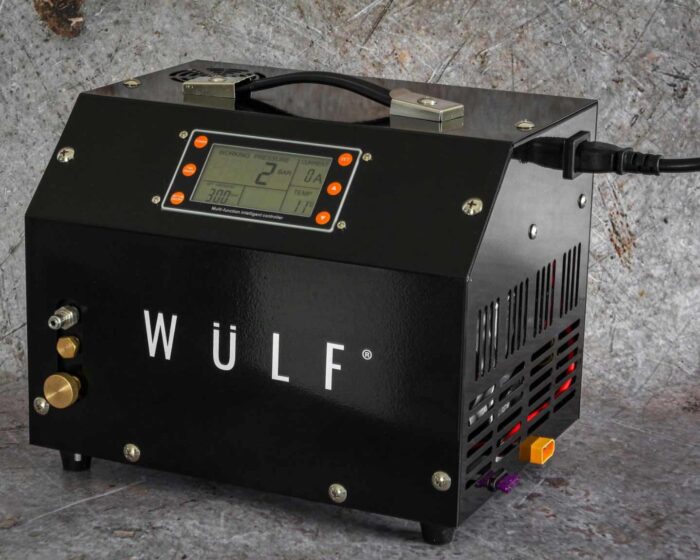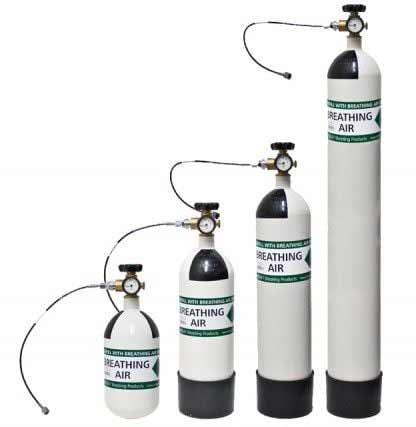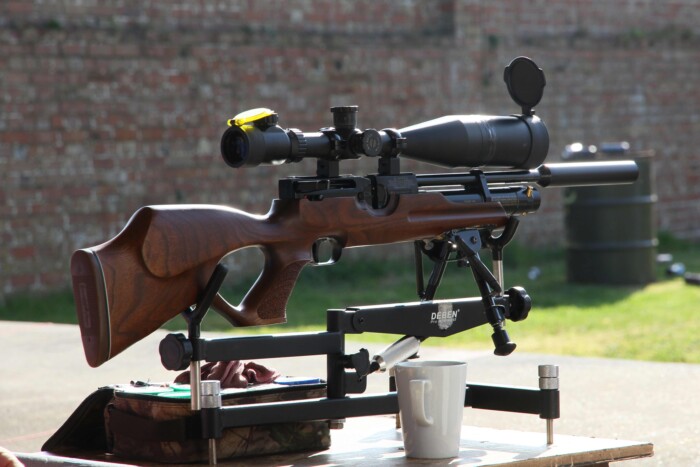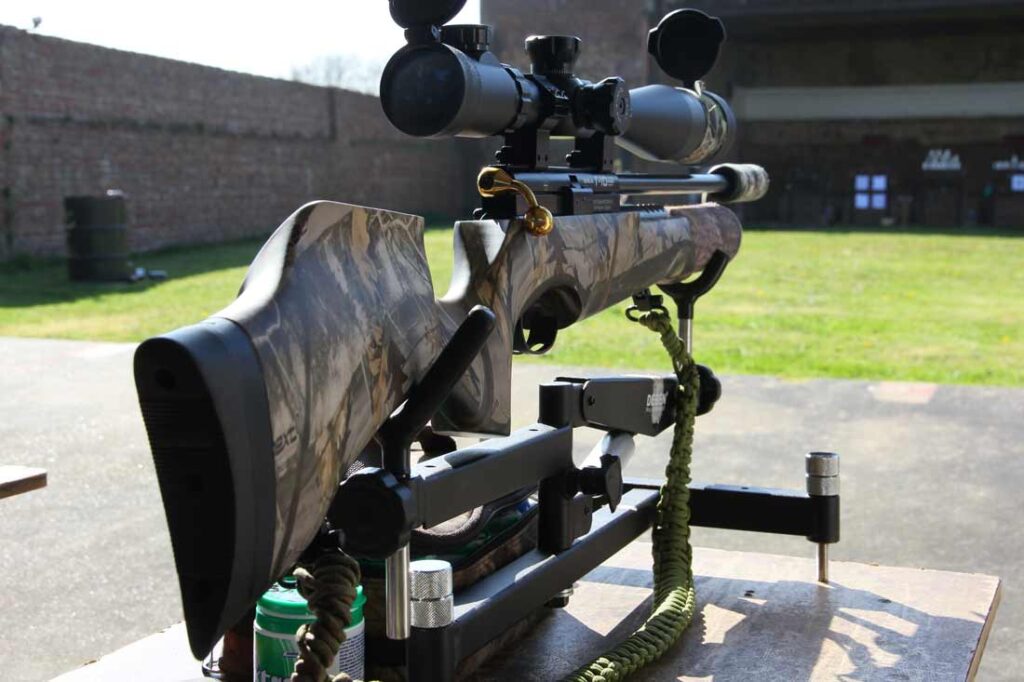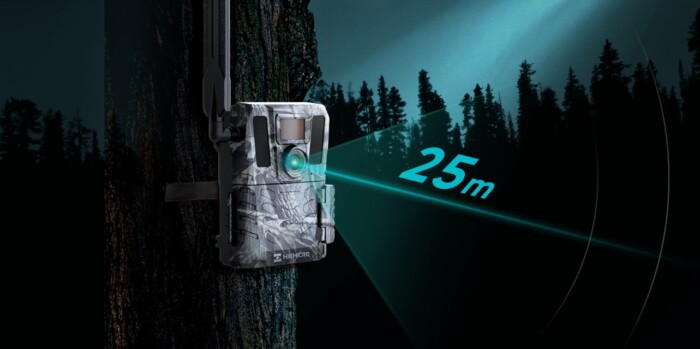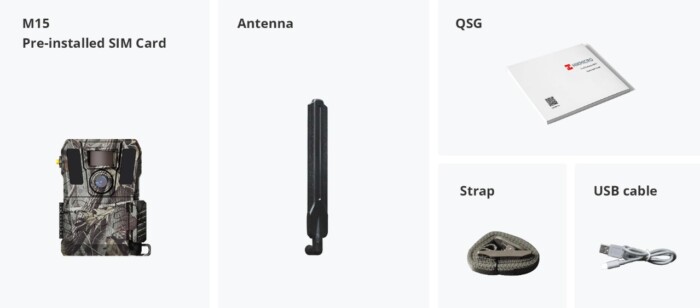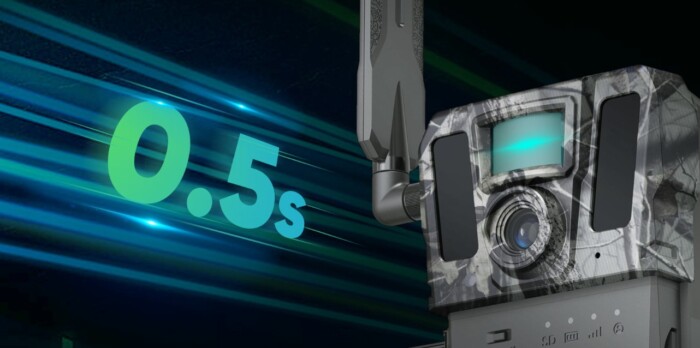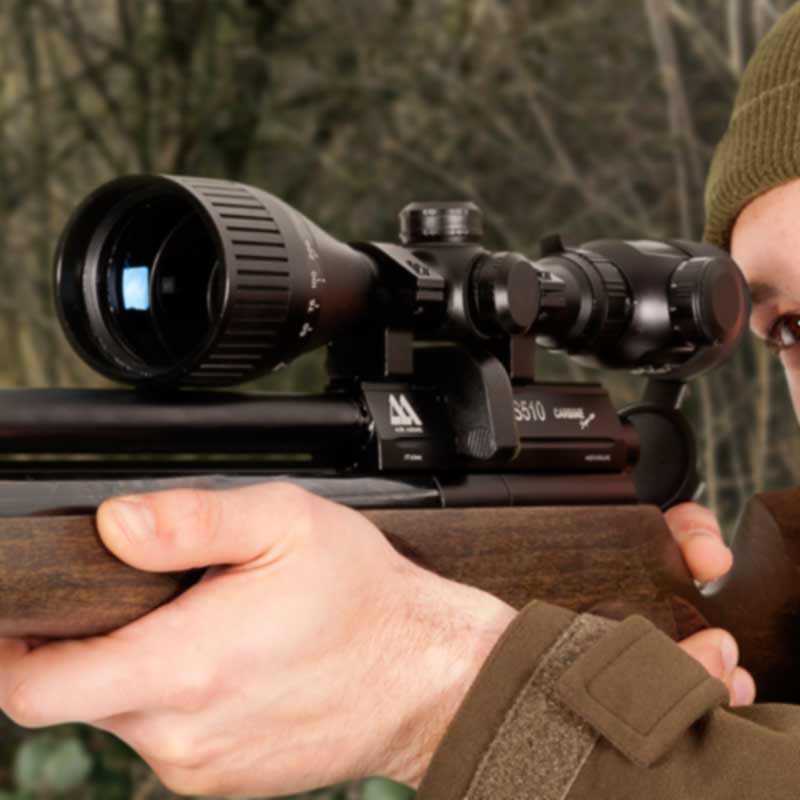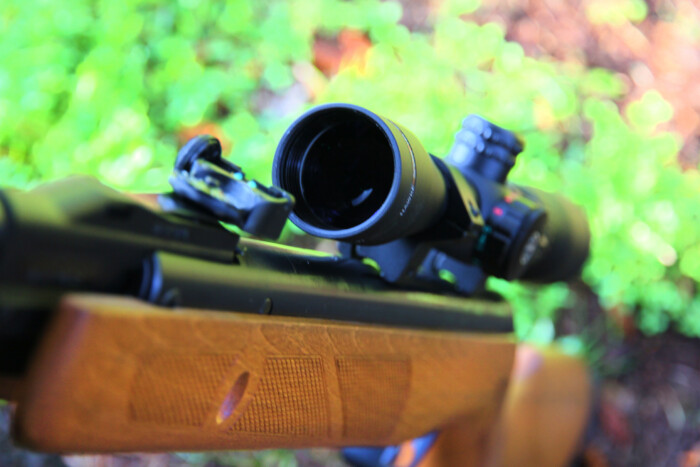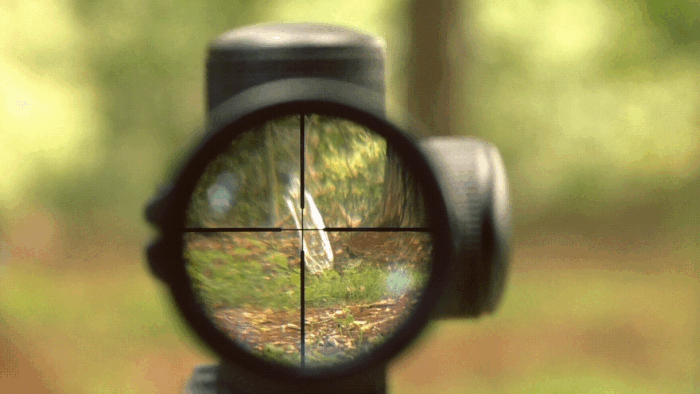Few firearms in history have achieved the legendary status of the 1911 pistol. Designed by the iconic John Browning and adopted by the U.S. military in the early 20th century, the 1911 has stood the test of time through world wars, modern conflicts, and a thriving civilian market. Known for its power, reliability, and elegant simplicity, the 1911 is more than just a weapon—it’s a cultural icon and a symbol of American ingenuity. This article explores the full history of the 1911, from its origins and wartime service to its lasting legacy in military and civilian life.

Origins and Development
The story of the 1911 pistol begins in the late 1890s during a time of intense innovation and modernisation within the U.S. military. In a single decade, the U.S. adopted numerous new firearms, including various revolvers and the Krag–Jørgensen rifle series. However, as self-loading firearms began emerging, driven by advancements like Hiram S. Maxim’s recoil-based reloading principle, militaries worldwide took notice.
In 1899 and 1900, early self-loading pistol trials were conducted by the U.S. Army, testing designs from Mauser, Mannlicher, and Colt. The trials resulted in the limited adoption of the DWM Luger pistol chambered in 7.65mm. Yet, its inadequate stopping power in combat, especially against determined foes like the Moros in the Philippine–American War, prompted re-evaluation.
The .38 Long Colt, standard at the time, proved ineffective against these resilient adversaries. In response, the Army temporarily reverted to the more powerful .45 Colt single-action revolver. This reinforced the need for a new sidearm with greater stopping power, culminating in the 1904 Thompson-LaGarde tests. The results favoured a semi-automatic pistol in .45 calibre, leading to the pivotal 1906 trials.
Of the six entries submitted, three were eliminated early. Only Colt, Savage Arms, and DWM (Deutsche Waffen- und Munitionsfabriken) remained. DWM eventually withdrew, leaving Colt and Savage to battle it out. A series of rigorous field tests from 1907 to 1911 pushed both designs to their limits. During a key test in 1910, Colt’s entry, designed by the legendary John Browning, fired 6,000 rounds over two days without a single malfunction—while Savage’s pistol suffered 37 malfunctions. Colt’s design emerged victorious.
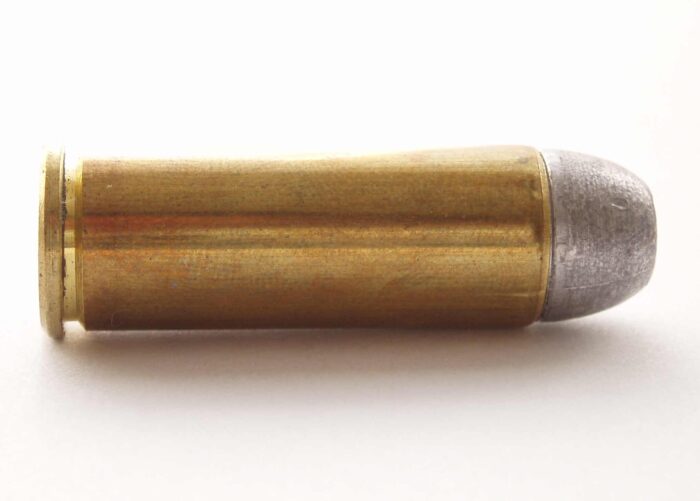
Official Adoption and Early Service
Following its stellar performance in trials, the Colt pistol was officially adopted by the U.S. Army on 29 March 1911, and designated the Model of 1911. In 1917, the name was simplified to Model 1911, and by the mid-1920s, it became widely known as the M1911. The U.S. Navy and Marine Corps formally adopted the pistol in 1913.
Early production models, including a limited number marked “N.R.A.” beneath the serial number, were distributed to members of the National Rifle Association by the Director of Civilian Marksmanship. The 1911 quickly proved its worth in real-world engagements, including during the 1916 Punitive Expedition against Pancho Villa. It officially replaced a variety of older revolvers and pistols, streamlining sidearm issuance across the military.

World Wars and Widespread Use
The 1911 pistol came of age during some of the most defining conflicts of the 20th century. Its performance in World War I and World War II helped cement its reputation as one of the most reliable and effective sidearms ever issued by a military force. Designed for rugged service and combat reliability, the 1911 adapted swiftly to the needs of a military expanding at an unprecedented rate.
World War I: Rapid Expansion and Contract Production
With the entry of the United States into World War I, the demand for small arms—including the newly adopted Model 1911 pistol—surged overnight. The U.S. military rapidly expanded its forces, and production at Colt and Springfield Armory, the original manufacturers, couldn’t keep up with the massive increase in orders. To meet wartime demand, production contracts were awarded to several additional companies.
Among those who successfully produced the 1911 pistol during WWI were Remington-UMC and North American Arms Co. of Quebec, the latter marking an important moment as one of the few Canadian firms contracted to manufacture the American sidearm. In anticipation of a long conflict, contracts were also issued to companies outside the traditional arms industry, including:
- National Cash Register Company
- Savage Arms
- Caron Brothers Manufacturing of Montreal
- Burroughs Adding Machine Company
- Winchester Repeating Arms Company
- Lanston Monotype Company
However, with the signing of the Armistice in 1918, the war came to an abrupt end before many of these companies could begin full-scale production. As a result, several of these contracts were cancelled before a single pistol had left their factories. Nonetheless, the expansion of M1911 production during this time marked a major shift, showing that even companies far removed from the arms industry could be mobilised during total war.
World War II: Peak Production and Standardisation
By the time World War II erupted, the 1911 had been refined into the M1911A1, incorporating user feedback from WWI. The pistol now featured an arched mainspring housing, shorter trigger, improved sights, and a longer grip safety spur—upgrades that enhanced ergonomics and ease of use in combat situations.
During the war, the M1911A1 was produced in staggering numbers. Approximately 1.9 million units were procured by the U.S. Government to equip soldiers, sailors, airmen, and marines across all theatres of combat. Once again, a wide array of manufacturers was brought into the fold to meet production targets. These included:
| Manufacturer | Quantity Produced |
|---|---|
| Remington Rand | 900,000 |
| Colt | 400,000 |
| Ithaca Gun Company | 400,000 |
| Union Switch & Signal | 50,000 |
| Singer Sewing Machine Co. | 500 |
The production of 1911 pistols during WWII also saw notable changes in materials and finish. To streamline manufacturing and improve corrosion resistance, the traditional blued finish was replaced with a parkerised coating, giving the pistols a matte grey-green appearance. Wooden grip panels were likewise swapped out for more durable brown plastic grips, which were easier and cheaper to mass-produce.
Among collectors today, 1911 pistols from this era are prized for their historical value. Of particular note are the Singer-produced M1911A1 pistols. With only 500 ever made, these models are considered the rarest and most collectible of the wartime variants. Even examples in poor condition command premium prices due to their extreme scarcity and unique provenance.
Throughout both world wars, the 1911 pistol became a trusted companion to American servicemen. Whether in the trenches of France or the jungles of the Pacific, the 1911 delivered the stopping power, dependability, and simplicity that soldiers needed in life-or-death situations. Its reputation, forged in the fires of global conflict, remains intact to this day.

Designation Changes
The pistol’s official designation evolved over time. Initially labelled as the Automatic Pistol, Calibre .45, M1911, it was updated to M1911A1 with the improved 1926 model. By the Vietnam War, it was referred to as the Pistol, Calibre .45, Automatic, M1911A1, reflecting a standardised naming convention within the U.S. military. These changes reflect both technological updates and the military’s evolving organisational structure.
Replacement and Continued Use
Though celebrated for its performance, by the late 1970s the M1911A1 was showing its age. Pressured by NATO standardisation efforts, the U.S. began searching for a 9mm replacement. The Joint Service Small Arms Programme led to the selection of the Beretta 92F, officially adopted on 14 January 1985, as the M9.
Still, the M1911 was never fully retired. Refurbished models continued to serve into the late 20th century, especially among special forces and elite units. Variants like the M45 MEU(SOC) and M45A1 CQBP reflect its enduring legacy within modern military service. Units like Marine Force Recon, Delta Force, and even FBI HRT have favoured updated M1911s for their reliability and precision.
Lasting Impact and Civilian Legacy
The legacy of the 1911 pistol extends well beyond the battlefield. For over a century, it has remained a favourite among civilian shooters, law enforcement, and military personnel. Thanks to its single-stack magazine and slim profile, the M1911 is popular for concealed carry and personal defence. Its reputation for reliability, straightforward mechanics, and robust .45 ACP chambering make it a top choice in self-defence and competitive shooting alike.
Civilian ownership of the M1911 is widespread in the United States. It is used in sport shooting disciplines such as the International Defensive Pistol Association (IDPA) and the International Practical Shooting Confederation (IPSC). Its historic appeal and customisable design have led to a wide array of manufacturers producing M1911-style pistols, including modernised and compact variants.
In a nod to its cultural and historical significance, the state of Utah declared the M1911 the official state firearm in 2011, honouring its designer John Browning, a Utah native. This symbolic gesture reflects the pistol’s deep roots in American innovation and identity.
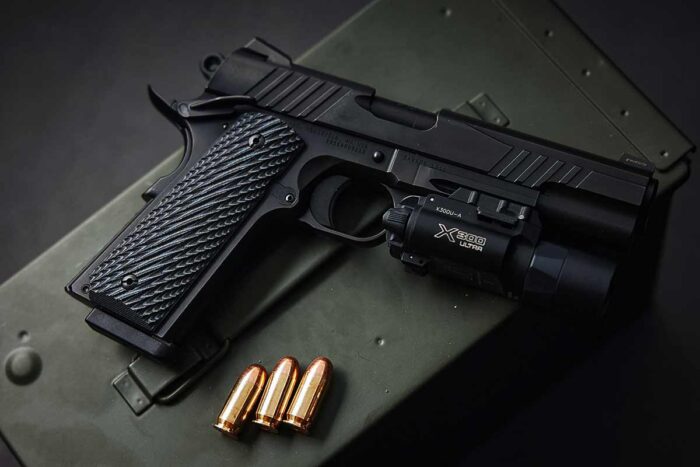
Militarily, the M1911 served as the U.S. Armed Forces’ standard-issue sidearm from 1911 to 1985, seeing action in World War I, World War II, Korea, Vietnam, and even more recent operations like Desert Storm and Operation Iraqi Freedom. Its continued use by elite units like LAPD SWAT, FBI HRT, and special military units underscores its unique staying power.
In summary, the M1911 is more than a weapon—it’s a symbol of American resilience, ingenuity, and commitment to excellence in arms design. From the muddy trenches of France to modern shooting ranges and tactical units, the 1911 pistol remains as relevant and respected today as it was over a century ago.

